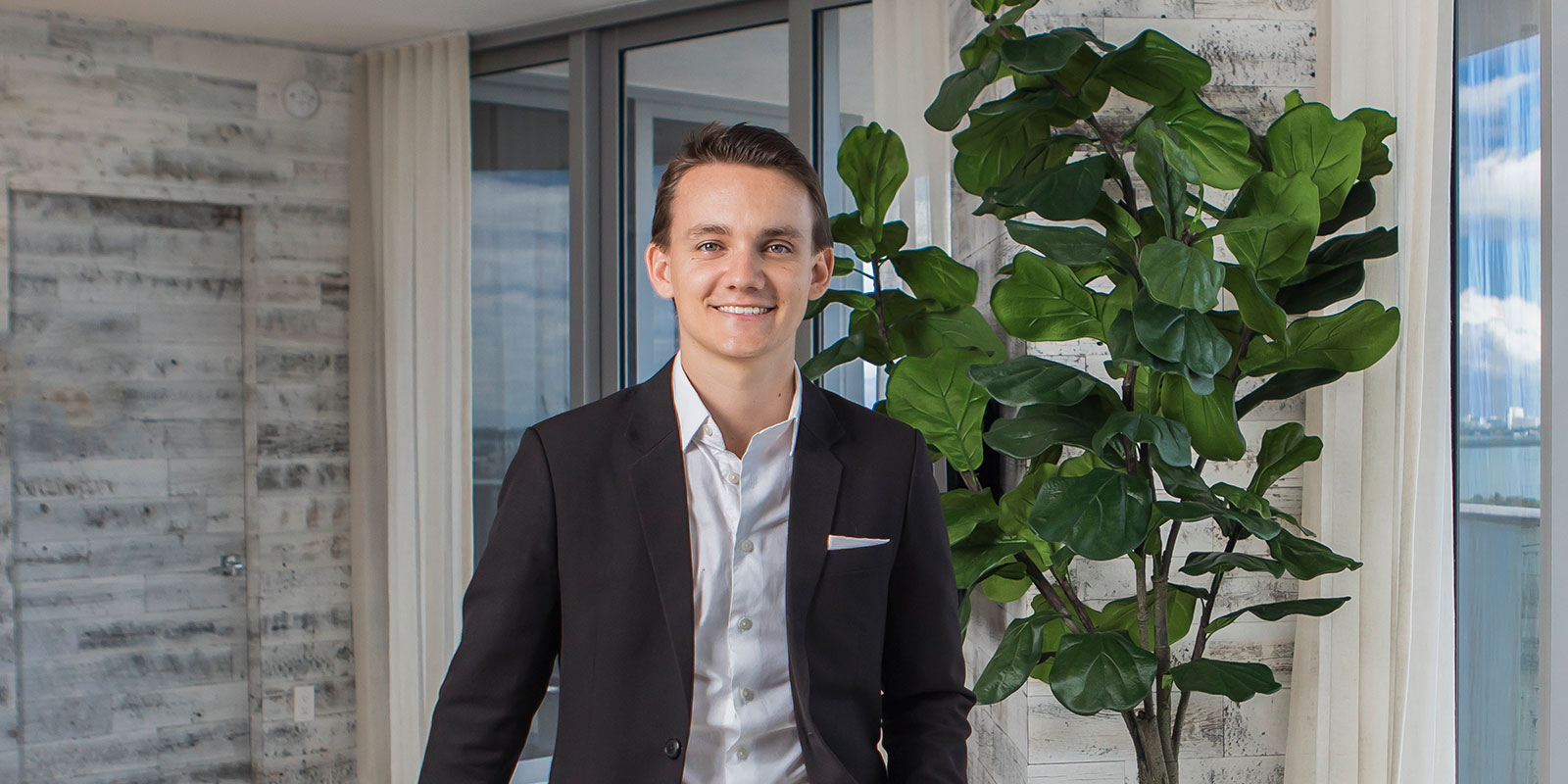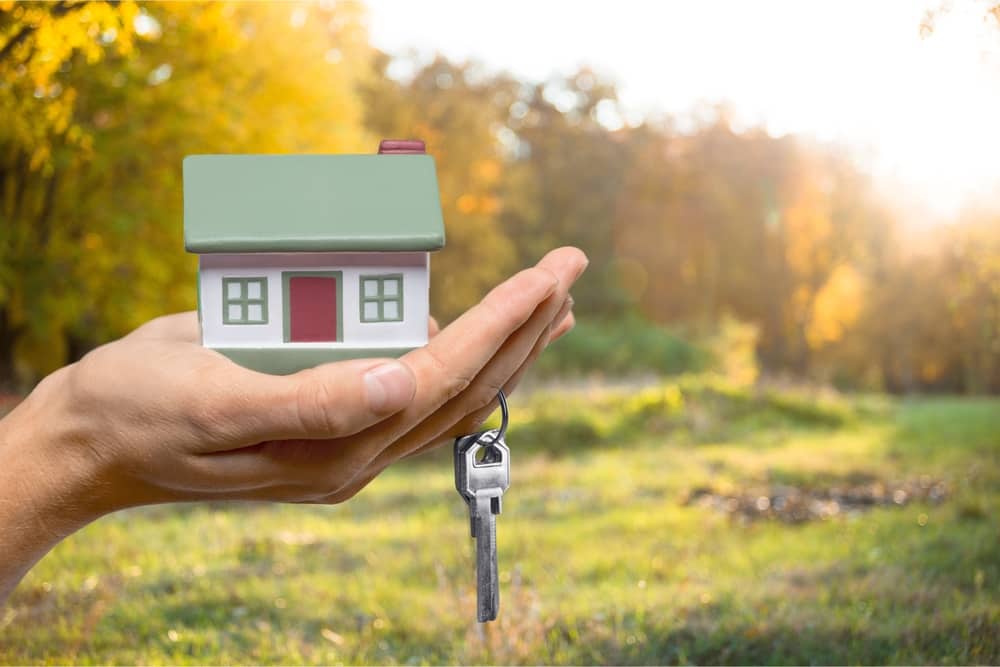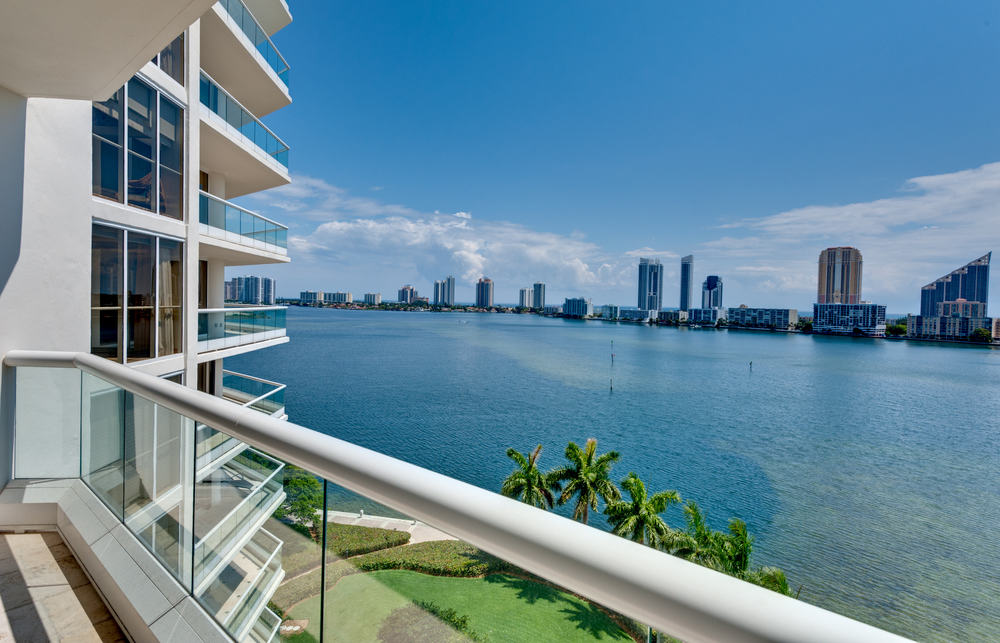Houses have changed a lot over the last three hundred years. Availability of construction materials, development of indoor plumbing and heating systems, advances in architecture, governmental incentives, technology, family size, and a general rise in living standards are a few of the factors that have played a role in the evolution of our homes. These changes have, in turn, changed and shaped family and social relationships. More personal privacy and space have become a reality.
The first North American homes were very small, one room, one-storey structures that were based on European building techniques, and adapted to the building materials, climatic conditions, and topography of the New World. The majority of these structures had less than 450 square feet of space but were eventually remodeled and enlarged over time. Through the middle years of the 18th century, older houses everywhere were added to and vigorously remodeled, with room heights rising a foot or more. Parlors were added to the homes of well-off farmers and another gentry.
Some large homes did exist in the 1800s. Ranging between 2200 and 2800 square feet, or about the size of a good-sized suburban home today.
19th Century
In cities, small row houses went up in great numbers in the first half of the century. Virtually all of them had parlors. The average urban row house was narrow, usually only 15-20 feet across, and extending back for 30-40 feet. With mounting pressure for effective land utilization, row houses became more narrow and deeper over time. For example, two 25 foot lots were divided into three.
During the 19th century, different functions of the house were compartmentalized into separate areas. Public and private rooms were kept apart. As with most other rooms, the bedroom was largely an invention of the late 18th and early 19th centuries. Until then, all but the most privileged colonists lived in one or two rooms, and beds stood throughout their homes when not in use.
Twentieth Century
Lot sizes began to grow after the turn of the century. Early 20th century bungalows were one-storey or storey and a half dwellings of between 600 and 800 square feet. In most new houses of the early twentieth century, square footage was drastically reduced to compensate for the increased expenses of plumbing, heating, and other new technological improvements. Housing studies also attribute the reduced square footage to a decline in domestic production of goods. There was no longer any reason to have storage places for things such as home-canned fruit and vegetables, dowry linens, and supplies for making the family’s clothes and bedding. People were no longer producers, but consumers.
Bungalows in the 1940s had lots measuring 60 by 100 feet.
Electricity and central heating were the domestic amenities that altered floor plans and furniture placement (Volz).These improvements had important effects on domestic social relations, and, in particular, access to personal space and privacy. Older heating and lighting technologies restricted the use of space in the home, drawing household members into each other’s company in the process.
The physical size of homes continued to grow, as household size was shrinking. The rise of suburbia came about because of high rents, high crime rates, and urban core decay in cities; an abundance of cheap land in the country; a proliferation of cars; and government incentives. All made home-ownership very popular. Houses were also getting bigger. The small house was on the decline throughout most of the century, while the number of people living in a household decreased by 50% in the years between 1881-1991 (Ward). Room space + less people = more privacy.
We’ve gone from having no bedrooms to having many. The middle-class bedroom has become an ever more private place, with its own television, bathroom, and telephone. The master suite has become a self-contained apartment; some even have small fridges and coffee machines. Many middle-class parents have established an unprecedented barrier that keeps their children separate from them. Similarly, the kids have done the same, and also have their own personal pads. Since the 1960s, the number of larger homes has increased, while the average number of household residents has shrunk quite dramatically. One result is that children commonly have a bedroom each. Most regard this reality an entitlement, not a privilege. The rooms themselves offer a separate place for schoolwork and often include radios, televisions, computers, and telephones, which historically have only been available centrally within homes.
The novelty of our age is that how we use the space in our homes is continually evolving. And, as we transform these spaces, they transform us. These transformations are the result of demographic, economic, lifestyle, environmental, and technological changes and pressures. Home offices and media rooms are new spaces, while old spaces like living rooms are now being used as computer rooms. Video entertainment, games, computers, and the Internet serve to isolate, and also demand more personal space, separating us from the people we live with.
Homes are divided into a series of private zones for individual use, and as family members, we share fewer activities. The average new house has expanded in size from about 1500 square feet in the mid-70s to over 2000 (Friedman and Krawitz). People want more space. Family homes have grown by 1/3 in size over the last twenty years. Sizes of average lots are decreasing, as sizes of homes are increasing. The median size for a new single family home in 2003 was about 2300 square feet (National Association of Home Builders). Family size has decreased almost 25% over 30 years, while the size of new houses has increased about 50%.
It comes as no surprise that houses have grown in size and cost over the years. At the beginning of the last century, the average home was 700 to 1200 square feet. In 1950, the average home was 1000 square feet, growing to an average size of 2000 square feet in 2000. Costs in 1900 were about $5000; $11000 in 1950; and $200,000 last year. An interesting fact revealed in a National Association of Home Builders (NAHB) report is that although homes have grown in size, lot sizes have begun to significantly decrease in size. In 1990, the average lot size was 14,680 square feet. Just eight years later, the average lot size was 12,870. In its profile of a typical new home in 2010, the report suggests that the average lot size will shrink by another 1000 square feet while house size will increase to 2200 or more square feet.
The new home profile also anticipates more mixed-use communities, neo-traditional designs, and neighborhoods with smaller lots and narrower streets. New communities will also offer more diverse architectural designs. 21st century neighborhoods will be more diverse while maintaining high-quality design standards. They will integrate live/work houses, commercial centers, and be close in proximity to amenities and services.
Larger homes on smaller lots will be one of many design challenges affecting new home construction in the years and decades to come. When height restrictions are not too strict, the solution is to go up and down. Homeowners could carve out more livable space, which has previously been delegated to storage in basements and attics.
The Future
Buyers seem to share one thing in common: most want more living space. The median size of the respondents’ current homes was 1,770 square feet. How much space did they really want? The median response was 2,071 square feet.
How much land do you need for bigger homes? Less than you might think. In 1976, the median lot size of new homes was 10,125 square feet. Last year, that median size had slipped to 8,750 square feet. While lot size is on the decline, the desire for bigger homes is rising. Homebuyers want one-story homes, but builders have been responding to the demand for more living space by building more two-story homes. More stories mean an expansion of interior space without increasing a home’s footprint and the amount of land it uses. This has become more important as land becomes less available and more costly in many metro areas.
To know what will happen to housing in the next 300 years is difficult because we just don’t know how technology, culture, environmental changes, and social relationships will evolve and change how we use our homes. One thing is certain: land will be at a premium and expensive. The other certainty is that the population will continue to skyrocket and there just won’t be space for everyone to have large lot sizes for their homes. The other big unknown is energy sources and supplies.
SOURCE






